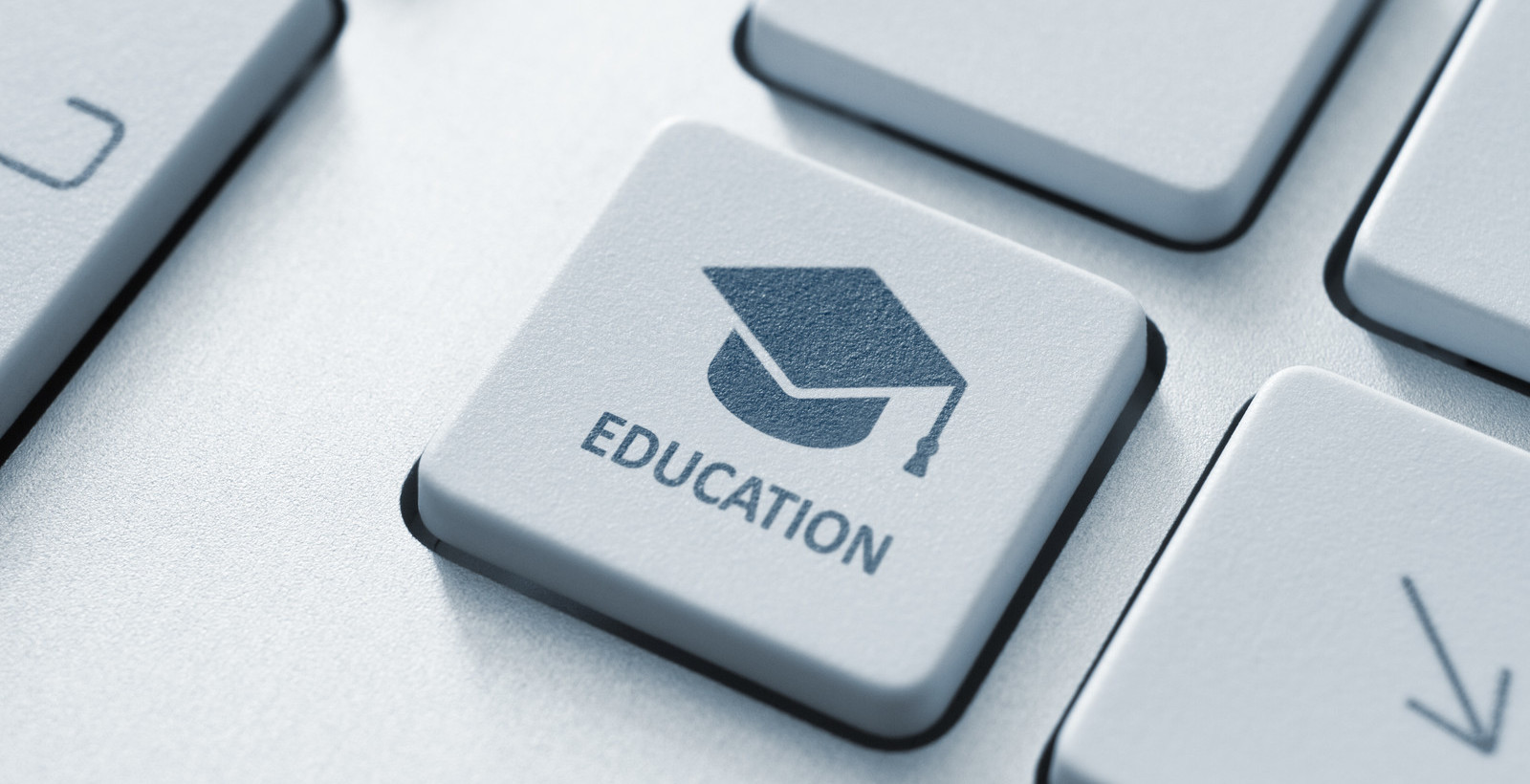
The resistance to change for many educators has been strong, and understandably so. For centuries, the education system has remained in the traditional classroom, mostly absent from most modern technology. For the K-12 classrooms, only the most simplified technology, such as laptops and computers have made it into the lives of young students. Why? Research has shown over and over again that communication between students and teachers will consistently improve learning for students. Quality collaboration for students allows them to more deeply understand the material as well as teach the material to others. This traditional way of education has remained the same for a reason.
However, with tuition on the rise and a broader population with lack of access to higher education, traditional classrooms are no longer a plausible option. In fact, the rapidly paced advancements in technology, there are many pressures from the world that simply demand the education system to “get with the times”. With the ever-increasing progressions in technology, there are solutions for unaffordable college tuition, and the populations who cannot reach education institutions. The world is now pressuring education systems to meet the demands of the world, including technological advancements and more globalized students. It’s time that educators allow their students to grow in technology at the same rate as the rest of the world. Here are the following collateral trends going on today that iQ reaches to meet in the education system.
Education Technology Trends
• Education tools are becoming more optimized for the mobile market
• LMS providers are starting to focus on learning environments beyond the course
• The MOOC trend continues to rise (although the jury is still out). Traditional LMS providers are joining the
MOOC movement.
• Big educational data matters. The trend is in understanding the data and learning from the data.
• Game-based learning continues to increase. “Gamification” is about influencing behavior.
• Passive use of technology (e.g., PowerPoint) is being forgone with more interactive technology usage.
• The average age of online learners is increasing from 27 to 34.
Education Pressures & Demands
• Be relevant and compete worldwide (“globalization”)
• Reduce operational costs and improve operational efficiencies
• Increase access to education, more open education resources, more flexible education, and more customized
education experiences
• Improve learner outcomes for college and career readiness
• Increase the capacity of instruction and instructors
• Decrease the cost of the learner and the learning institution
• Education paradigms are shifting to include online learning, hybrid learning and other collaborative models
• More focus on competency-based learning
Consumer Pressures (U.S. Market)
• Tuition has increased over 2.5 times the inflation rate since 1985
• Average published tuition and fees for in-state students at public four-year colleges and universities increased from
$8,256 in 2011-2012 to $8,655 in 2012-2013 (4.8 percent increase). On-campus room and board increased 3.7%
• The average student loan debt rose 5 percent to approximately $26,500. About two-thirds of full-time students pay for
college with the assistance of grant aid, and some of the remaining one-third receive federal tax credits and deductions.
• Student loan debt exceeded $1 trillion for the first time in 2012 and now exceeds credit card loans
• Today, 54% of recent college graduates don’t have jobs or work jobs that don’t require a college degree
• Spending per student for higher education has declined 32 percent
Educators should work with technology to ensure their students with the best skill set possible for this modern high-tech world.